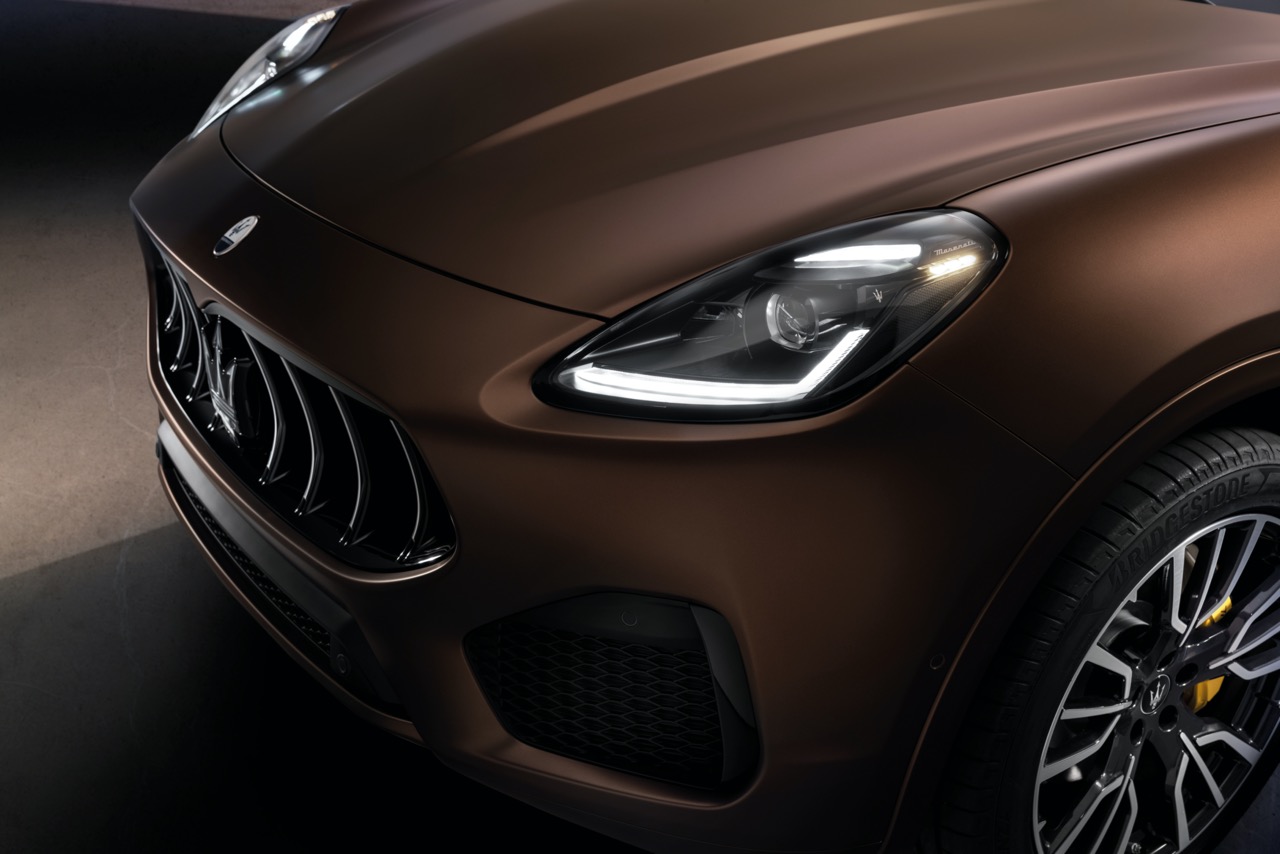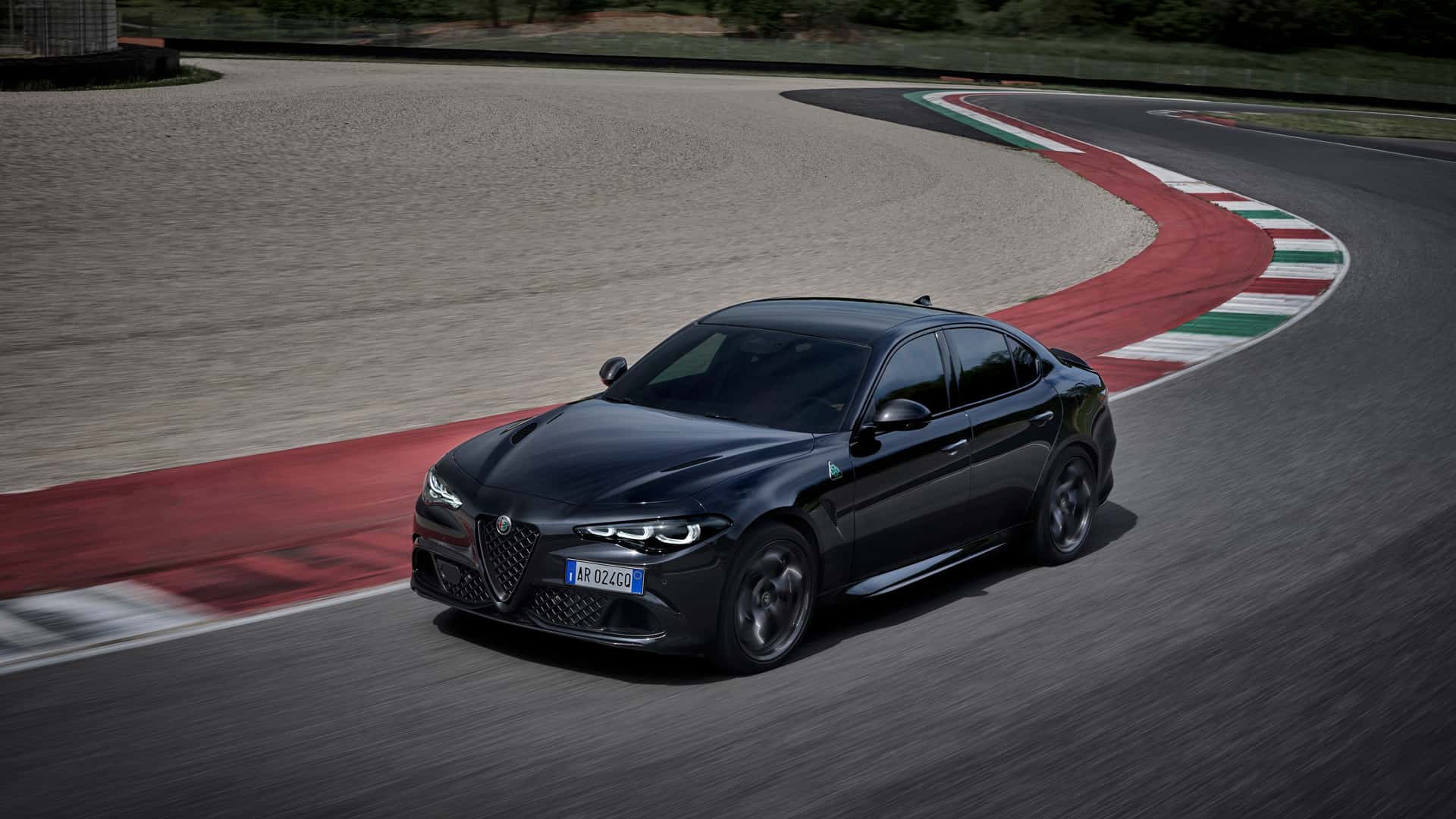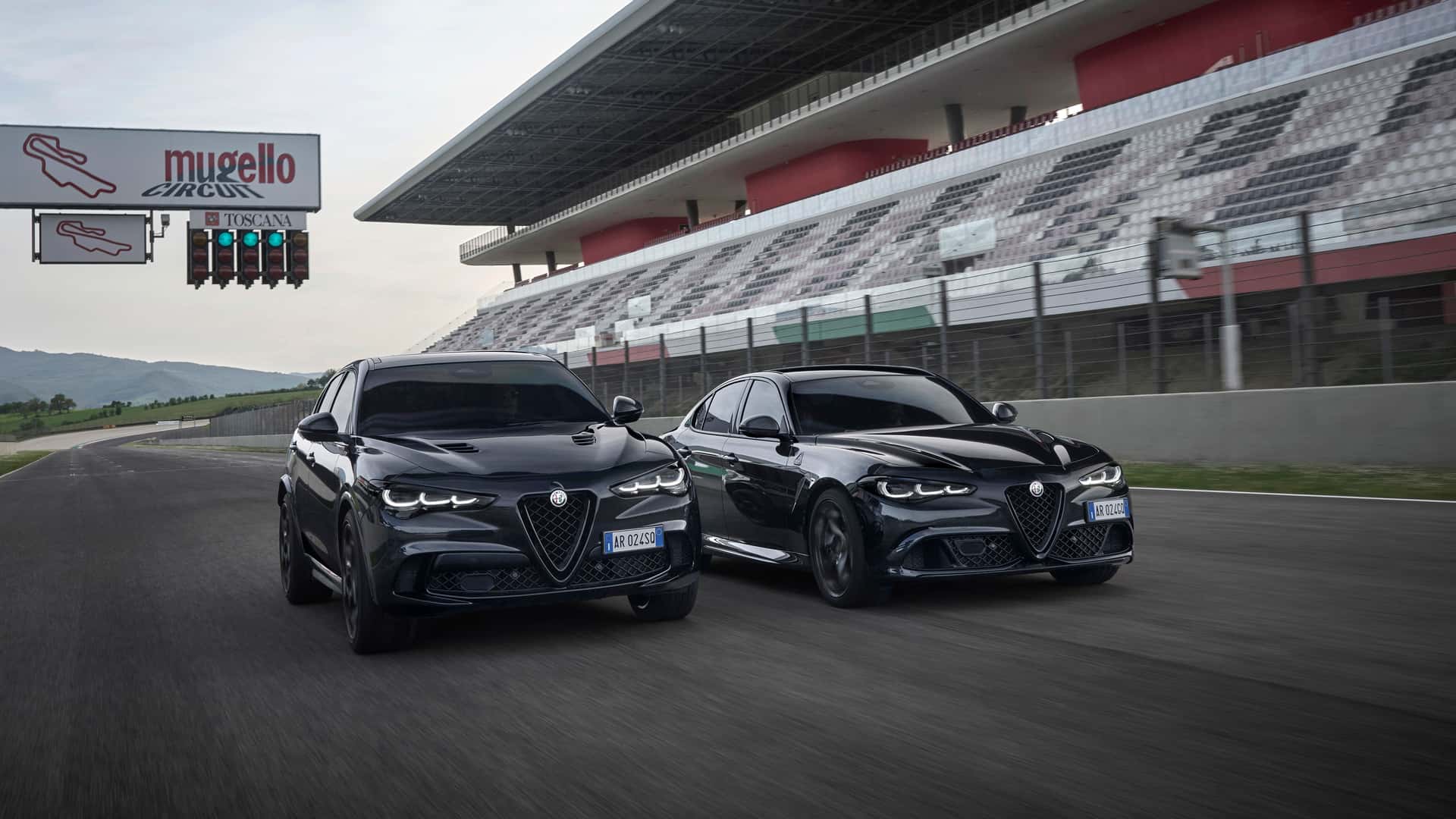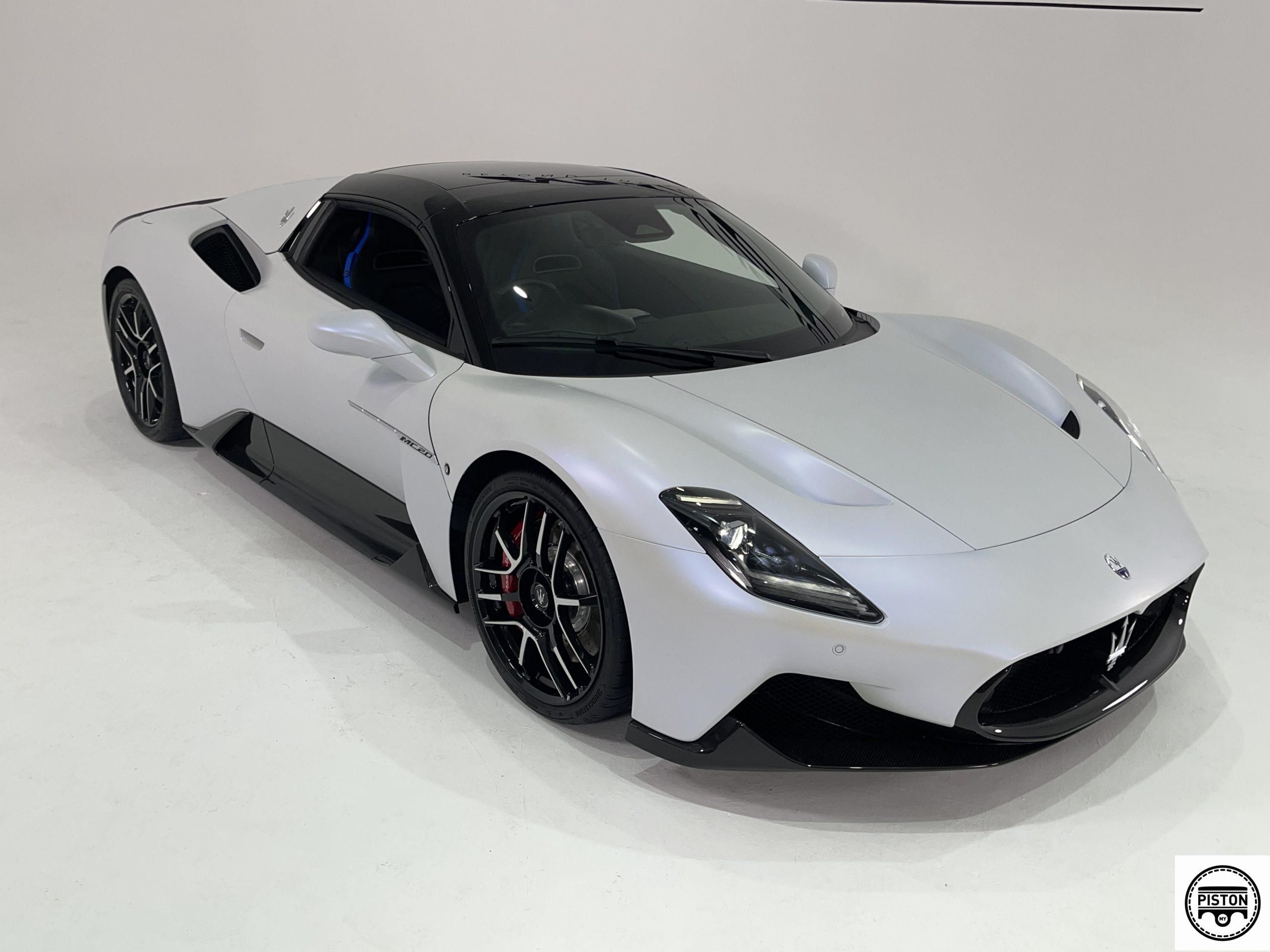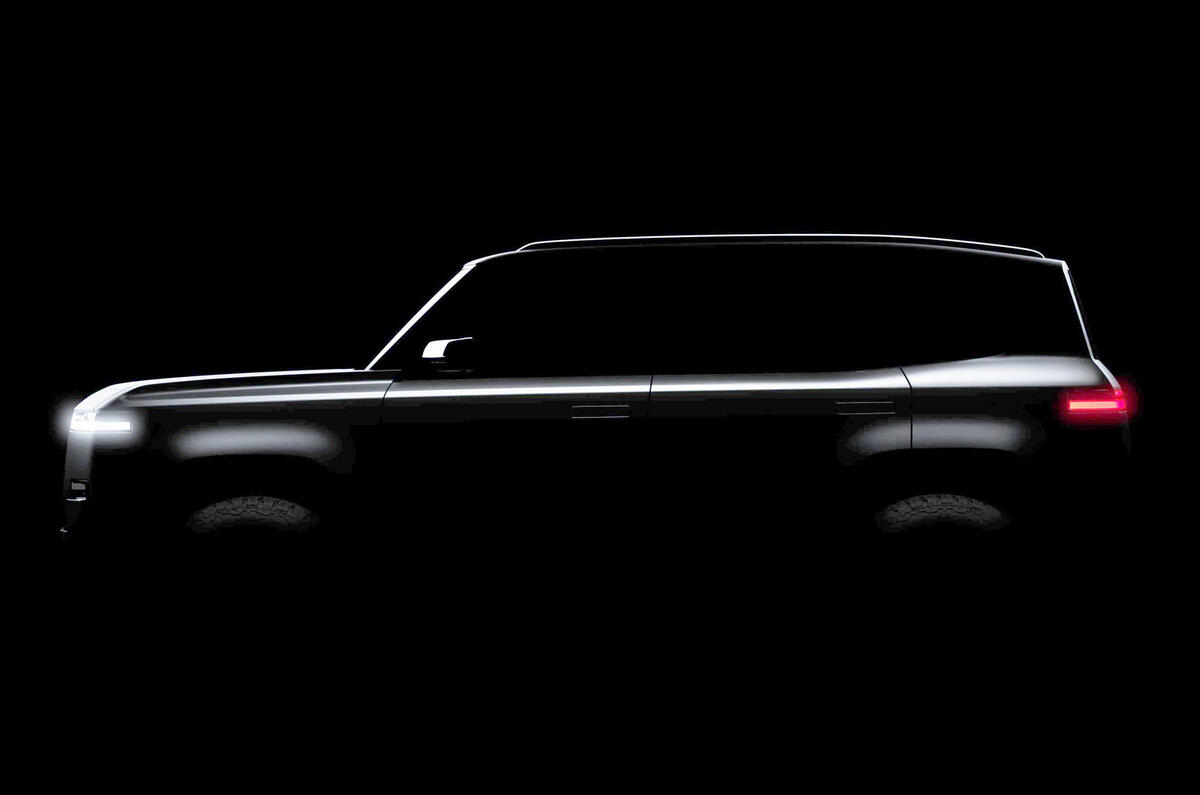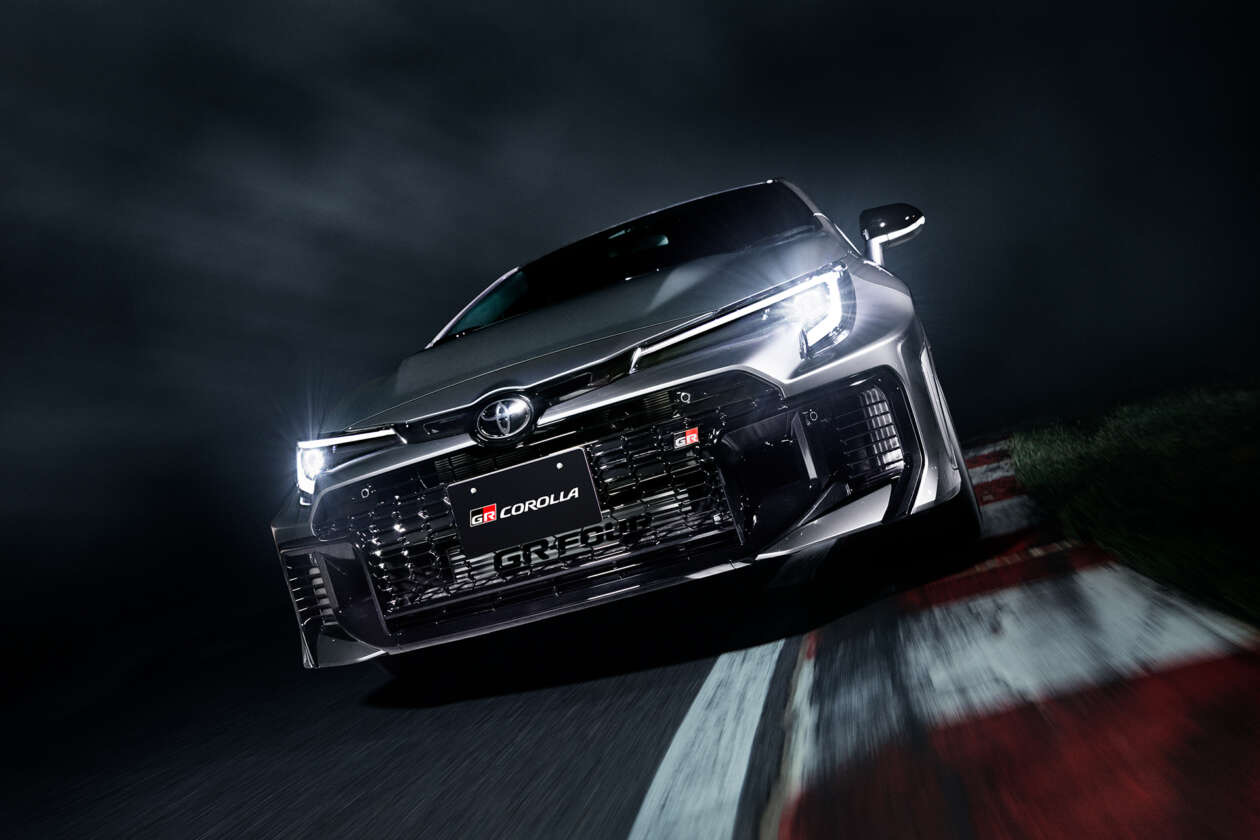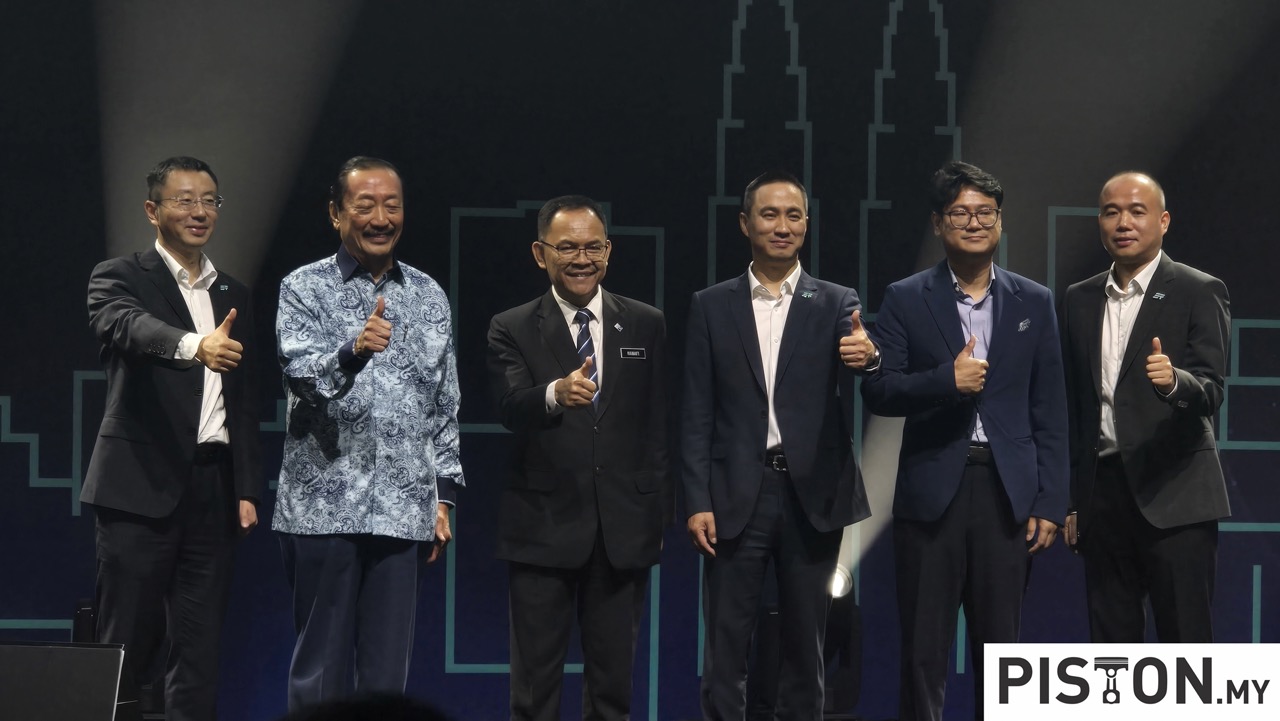Stellantis is in troubled waters. After a year marked by declining sales and falling revenue, the company is now grappling with the abrupt resignation of CEO Carlos Tavares. 2024 was meant to be a rebuilding year, but with steep U.S. tariffs now firmly in place under former President Trump’s renewed policies, things could soon spiral further out of control.
Among the most vulnerable brands under Stellantis are Alfa Romeo and Maserati, both of which are struggling to survive in a hostile market. In response to the escalating crisis, Stellantis has reportedly brought in management consulting giant McKinsey & Company to assess the situation, with a specific focus on the impact of tariffs.
A Stellantis spokesperson told Automotive News Europe that McKinsey was “asked to provide its considerations” for the two marques, though no further details were provided. Still, the move suggests that drastic changes may be on the horizon.
The numbers paint a bleak picture:
-
Alfa Romeo sold just 8,865 cars in the U.S. in 2024 — a 19% drop from 2023.
-
Maserati sold 11,300 vehicles globally, with only 4,819 units reaching U.S. customers.
Now, with 25% tariffs slapped on all imported vehicles, both brands, which currently lack any U.S.-based production, are facing a daunting future. Every Alfa Romeo and Maserati model sold in the States is significantly more expensive, making it even harder to compete in an already challenging market.
Insiders suggest that all options are being explored. From strategic partnerships to possible divestment, Stellantis may be preparing for a radical reshuffling of its brand portfolio. Reports indicate early talks with Asian automakers, fueling speculation that Chinese companies may be eyeing the Italian icons, possibly setting the stage for a fire sale of heritage marques.
The tariffs could determine the fate of these brands. A prolonged 25% import duty could wreak havoc not only on Alfa Romeo and Maserati but also on the broader luxury car segment, particularly those without U.S. assembly lines.
Meanwhile, Alfa Romeo is continuing development of the next-generation Stelvio and Giulia models, but these may not arrive until 2027 — far too late to help with the current crisis. Maserati, once ambitious about going fully electric, has already started pulling back. Plans for the MC20 EV have been quietly cancelled, reflecting a broader reassessment of the brand’s direction in light of market volatility.
As Stellantis faces mounting pressure on multiple fronts — regulatory, economic, and strategic — the survival of two storied Italian marques is hanging in the balance. Much now depends on whether tariffs remain a long-term policy or eventually ease. Until then, the future of Alfa Romeo and Maserati remains highly uncertain.




